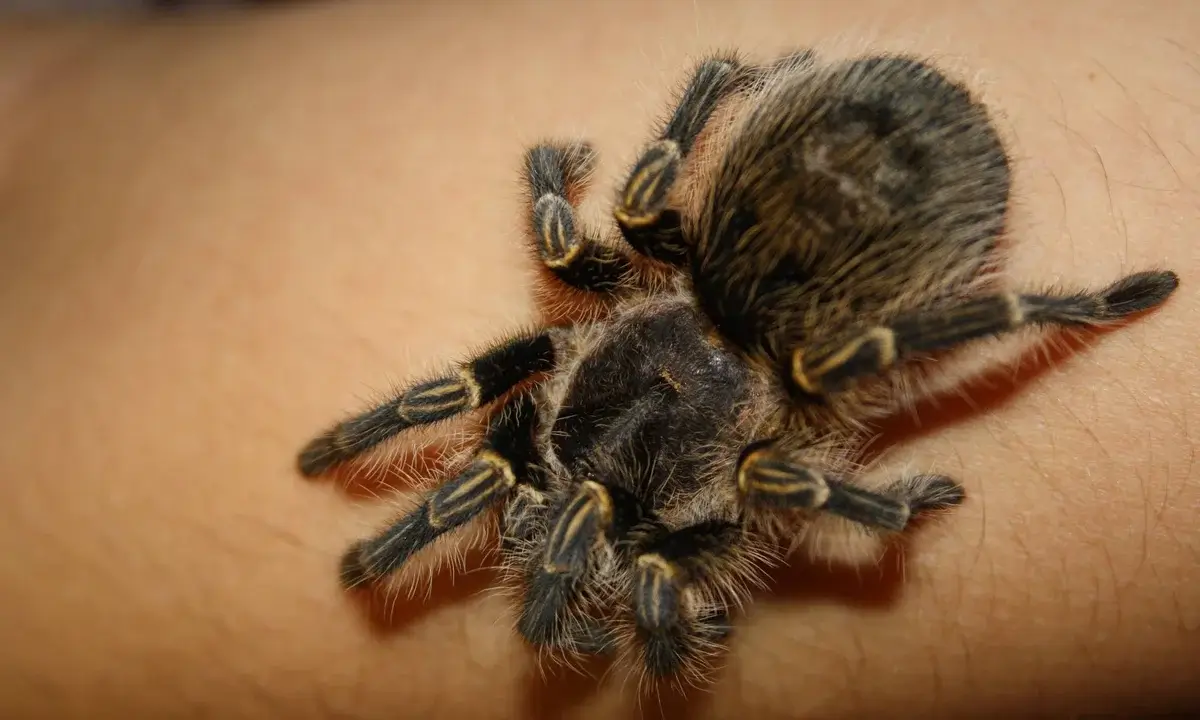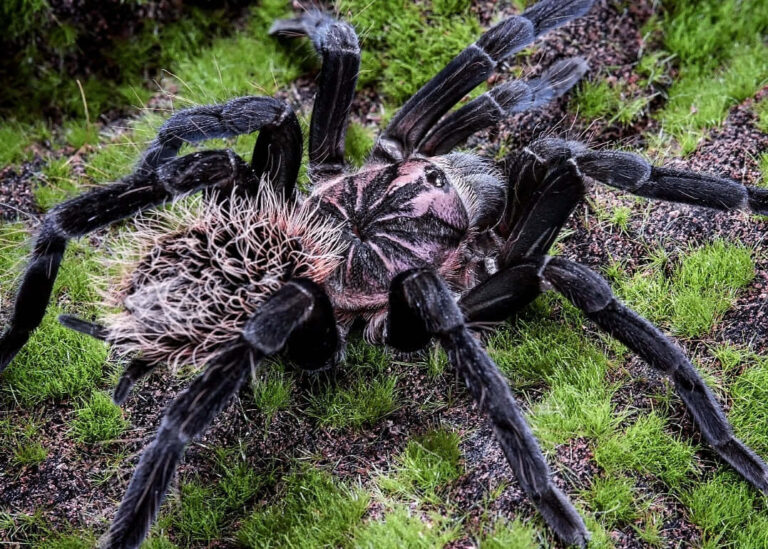Tarantula: An In-Depth Exploration
Tarantulas are among the most fascinating and misunderstood creatures in the animal kingdom. Known for their large size, hairy bodies, and venomous bite, these arachnids have captured the interest of scientists, pet enthusiasts, and adventurers alike.
This article delves into the details of tarantulas, covering their scientific classification, physical characteristics, habitat, behavior, diet, reproduction, predators, and conservation status. We’ll also discuss their evolutionary history, interesting facts, and complex relationships with humans.
Contents
Scientific Classification
- Kingdom: Animalia
- Phylum: Arthropoda
- Class: Arachnida
- Order: Araneae
- Suborder: Mygalomorphae
- Family: Theraphosidae
Over 1,000 species of tarantulas are distributed across many genera within the Theraphosidae family.
Physical Characteristics

Tarantulas are often recognized by their robust and hairy bodies. These spiders range in size, with leg spans reaching up to 10 inches (25 cm) in larger species such as the Goliath birdeater. Despite their intimidating appearance, most tarantulas are not dangerous to humans, though their bites can cause pain and swelling.
- Body: Tarantulas have two main body parts: the cephalothorax (fused head and thorax) and the abdomen. They also have eight legs and two pedipalps, which are used for sensory perception and handling prey.
- Coloration: Tarantulas come in various colors, ranging from brown and black to vibrant blue, green, and orange. Their hair (setae) helps in sensing the environment, and some species use their urticating hairs as a defense mechanism by flicking them at potential threats.
Habitat
Tarantulas inhabit a variety of ecosystems, from tropical rainforests to deserts. They can be found in regions such as:
- North and South America: The Americas are home to many species of tarantulas, particularly in tropical and subtropical areas.
- Africa: Some species, such as the Baboon tarantulas, are native to Africa.
- Southeast Asia, particularly India and Sri Lanka, hosts species like the Cobalt Blue tarantula.
These spiders prefer environments that allow them to burrow or hide, such as underground or within trees, rocks, or logs.
Behavior

Tarantulas are solitary and nocturnal creatures. They are known for their:
- Burrowing: Many species live in burrows that they dig themselves or find abandoned by other animals. They line their burrows with silk to help detect vibrations and maintain stability.
- Climbing: Arboreal species spend their time in trees, using their silk to create retreats among the leaves and branches.
- Defensive Posture: When threatened, a tarantula may rear up on its hind legs to appear larger and more intimidating.
Despite their fearsome look, tarantulas are relatively docile and will only bite when provoked.
Diet
Tarantulas are carnivorous predators that rely on stealth and ambush tactics to catch their prey. They primarily feed on:
- Insects: Crickets, beetles, grasshoppers, and cockroaches are common food sources.
- Small Vertebrates: Larger species, such as the Goliath birdeater, can capture frogs, lizards, mice, and small birds.
They use their venom to subdue their prey, liquefying the internal tissues, which are then consumed.
Reproduction
Tarantula reproduction is a fascinating and delicate process. Males reach maturity sooner than females and often die after mating.
- Mating Ritual: Male tarantulas create a silk “sperm web” to “deposit th “or sperm. They then seek out a female and perform a courtship display. If the female is receptive, the male transfers his sperm to her.
- Egg Sac: The female will lay 50 to over 1,000 eggs after mating, depending on the species. She creates an egg sac made of silk, which she guards fiercely.
- Hatching: The eggs hatch within six to eight weeks, and the spiderlings will remain in the burrow briefly before dispersing.
Predators
Tarantulas have several natural predators, including:
- Wasps: The tarantula hawk wasp is particularly feared. It paralyzes the tarantula and lays its eggs on the spider’s body; spider’sespiderlarvae feed on the tarantula.
- Birds and Mammals: Some species of birds, such as owls and small mammals, including coatis and possums, prey on tarantulas.
- Humans: Though not typically predators, humans may harm tarantulas through habitat destruction or capture for the exotic pet trade.
Conservation Status
Most tarantula species are not considered endangered, though habitat loss and the exotic pet trade pose significant threats. Some species, like the CITES-listed Mexican red-knee tarantula (Brachypelma smithi), are protected to prevent over-collection.
Interesting Facts
- Silk Production: While tarantulas do not spin webs like many other spiders, they use silk for burrow lining, egg sacs, and sometimes for creating trapdoors.
- Urticating Hairs: New World tarantulas possess specialized hairs on their abdomen, which they can release into the air as a defense against predators.
- Longevity: Female tarantulas can live up to 30 years, whereas males generally live only a few years after reaching sexual maturity.
Evolutionary History
Tarantulas belong to the Mygalomorphae suborder, one of the more primitive groups of spiders. Their evolutionary history dates back over 300 million years, long before the more common araneomorph spiders appeared. Fossil evidence suggests that these ancient spiders adapted to diverse environments, leading to today’s wide distribution of tarantulas.
Relationship with Humans
Tarantulas have long been subjects of fascination and fear in human culture. In some regions, they are feared due to their size and venom, though their bites are rarely fatal to humans. They are kept as exotic pets in other parts of the world and admired for their beauty and intriguing behavior.
Tarantulas also play a role in some indigenous cultures and may be used in traditional medicine or rituals. As a result of their popularity in the pet trade, awareness of tarantula conservation has increased, particularly for species at risk of over-collection.
Conclusion
Tarantulas are remarkable creatures that have successfully adapted to various environments across the globe. Their unique behaviors, impressive physical characteristics, and relatively harmless nature to humans make them a subject of scientific interest and admiration. Although they may inspire fear in some, tarantulas play an important ecological role as predators of insects and small animals. As we learn more about these misunderstood arachnids, we must ensure their conservation and protect their habitats from further destruction.
- Golden Retriever Pros and Cons: What Every Pet Parent Should Know - 15 September 2025
- Cane Corso Dog Breed: Health, Care, and Lifespan - 14 September 2025
- Catahoula Leopard Dogs: Description, Temperament, Lifespan, & Facts - 21 July 2025



